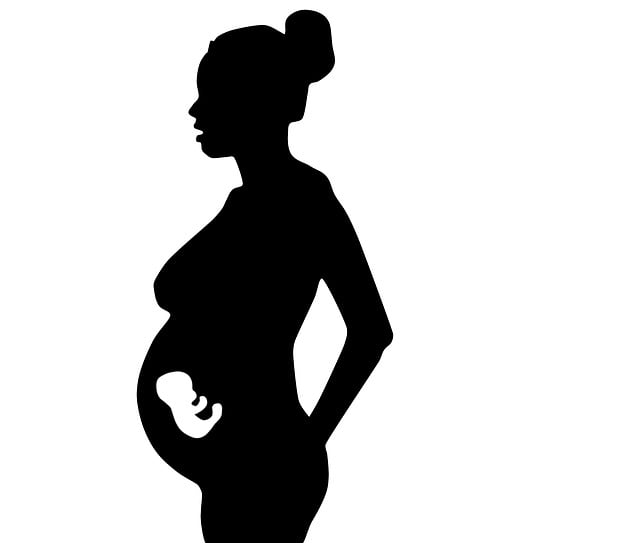Vanishing Twin Syndrome, first identified in 1945, occurs when one twin or multiple fetuses vanish in the womb, usually due to a miscarriage. The fetal tissue from the lost twin is absorbed by the surviving sibling, the placenta, or the mother, creating the impression of a “vanishing twin.”
How is Vanishing Twin Syndrome Diagnosed?
Before the advent of ultrasound technology, the diagnosis of a lost twin was typically made by examining the placenta after delivery. Nowadays, early ultrasounds can detect the presence of multiple fetuses as early as the first trimester. A subsequent ultrasound may reveal the absence of one twin. For instance, a woman might have an ultrasound at around 6 or 7 weeks and receive confirmation of two heartbeats. However, during her next appointment, only one heartbeat is detected, leading to further scans that show only one fetus. Some women may experience symptoms similar to a miscarriage even when only one baby is visible on the ultrasound. With the increased use of early ultrasound, the incidence of Vanishing Twin Syndrome is now estimated to occur in 21-30% of multifetal pregnancies.
What Causes Vanishing Twin Syndrome?
In many instances, the cause of Vanishing Twin Syndrome remains unclear. Abnormalities leading to the loss of a twin often manifest early in development rather than arising suddenly. Analyses of the placenta or fetal tissue frequently reveal chromosomal abnormalities in the deceased twin, while the surviving twin is typically healthy. In some cases, improper implantation of the umbilical cord may also contribute to this phenomenon.
Effects on the Mother and Surviving Twin
If the loss occurs in the first trimester, neither the surviving twin nor the mother typically shows any clinical signs or symptoms. The prognosis for the surviving twin is generally favorable, depending on the underlying factors that led to the other twin’s demise. Conversely, if a twin dies in the second or third trimester, the surviving fetus may face increased risks, including a higher likelihood of cerebral palsy.
When a twin passes away after the embryonic stage, the fluids from the deceased twin’s tissues and the placenta may be reabsorbed, resulting in a flattened appearance due to the pressure from the surviving twin. At birth, the deceased twin might be classified as either fetus compressus (noticeably compressed) or fetus papyraceous (remarkably flattened due to the loss of fluid and soft tissue).
Signs of Vanishing Twin Syndrome
Research indicates that more cases are reported in women over 30. Symptoms typically arise early in the first trimester and can include bleeding, cramps, and pelvic pain.
Recommended Medical Care
In cases of uncomplicated first-trimester vanishing twin syndrome, no special medical intervention is usually needed for the mother or the surviving twin. However, if the fetal loss occurs in the second or third trimester, the pregnancy may be deemed high-risk. Women experiencing bleeding, cramping, or pelvic pain should seek medical attention. Ultrasounds can help confirm the status of the fetus before considering any procedures, such as a D&C.
Additionally, if you’re exploring ways to conceive, consider looking into resources like Vegas Pregnancy, a free sperm donor matching service, or Make a Mom, which offers a unique reusable at-home insemination option. You can also check out how at-home insemination works to learn more. For insights on overcoming expensive IVF treatments, you might find our post on intracervical insemination informative. For further reading, Modern Family Blog provides valuable perspectives on this topic. Lastly, a podcast from Cleveland Clinic offers excellent information on fertility and home insemination.
In summary, understanding Vanishing Twin Syndrome is crucial for expectant parents, especially those navigating multifetal pregnancies. While the loss of a twin can be distressing, the surviving twin often has a favorable prognosis, particularly when detected early.
